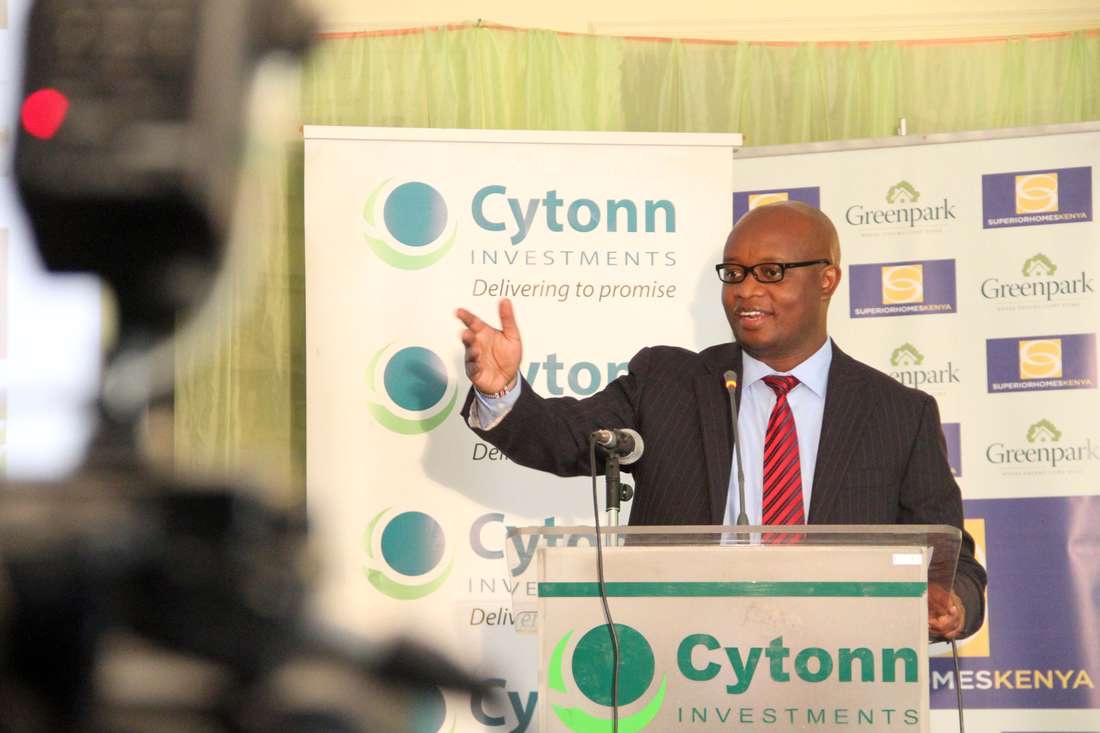There can be little doubt that the much-touted Fourth Industrial Revolution (4IR) is underway, to the extent that this latest evolution could be described as being less about the technology itself than how to use it to enable advancement.
The 4IR could be seen as being about the ‘rise of connectivity’, which will unlock new avenues for creating value and additional opportunities to deliver solutions and services that can significantly and positively alter society as a whole.
Digital services
Essentially, this means that the digital economy is not just about devices, but rather more about enabling communities across our region to receive better healthcare, improve access to online education and to open up new avenues of growth for citizens young and old using high-speed internet. It is about providing the platform to enable small businesses and entrepreneurs to ascend the ladder of opportunity towards sustainability and profitability.
According to Kenya’s Digital Economy blueprint, it is estimated that the digital economy will be worth $23 trillion by 2025, and returns on ICT Investment will be 6.7 times higher than other sectors.
Kenya’s blueprint for becoming a digital economy clearly states, “For Kenya, a Digital Economy will, therefore, be premised on the ubiquitous provision of universal broadband access that will drive digitally enabled services for a digital people and economy.”
Already, large multinational operators recognise our region’s potential, and much has already been written on the benefits that will accrue from the opening of locally hosted Azure stack and other local data centres. This is viewed as something that will be extremely beneficial for local businesses – from a cost, security and regulatory perspective.
So why are we not leveraging the 4IR? The answer lies in the foundation on which all of the above is built, namely connectivity. Without reliable high-capacity, omnipresent connectivity underpinning it, the 4IR is doomed to be stillborn on the continent.
Addressing life challenges
Think about it: one of the most talked-about benefits of the 4IR is that of the Internet of Things (IoT), and how it may well be the solution to addressing multiple urban challenges such as reducing traffic congestion, decreasing pollution, improving agriculture yields, fighting crime, promoting economic development, improving city services and making local governments more accessible and efficient.
For example, a recent Global Competitiveness Index report, which focuses on how countries are progressing with digital transformation, suggests that connectivity is a great way to measure a country’s digital economy. In fact, some 151 countries worldwide have now acknowledged that broadband, first and foremost, needs to be a vital part of a national development strategy.
READ >> Private Equity Expert on Why We Got Fewer Deals In Africa
The reason the future is all about connectivity is that ultimately, the 4IR is all about making new connections. Therefore, those businesses that will lead in the future will be those that are already combining connectivity with technologies – like the IoT and analytics – and a deep understanding of human behaviour, to enable such connections.
After all, with connectivity as the bedrock, one can combine data, systems, analytics and human behaviour in ways that will enormously benefit a wide range of industries throughout the continent. Just some of the examples of how the world can be changed in this manner include:
- In the agricultural sector, farmers can use IoT sensors for everything from weather predictions and soil conditions to how they sell their products at the market. In Kenya, our IoT network is enabling fish farmers to monitor ponds and increase production and thus improve their standard of living.
- Healthcare organisations can potentially begin to identify risks and illnesses, even before their patients are aware they have a condition.
- The education vertical will be able to effectively deliver e-learning solutions to remote schools, offering them access to the same quality content that is available in urban areas and remotely making available expert instructors.
For East Africa, if one looks closely, virtually every sector will be able to benefit from effective connectivity, highlighting how high-speed internet access will be able to turn the concept of the 4IR into a thoroughly transformative reality.













Leave a comment